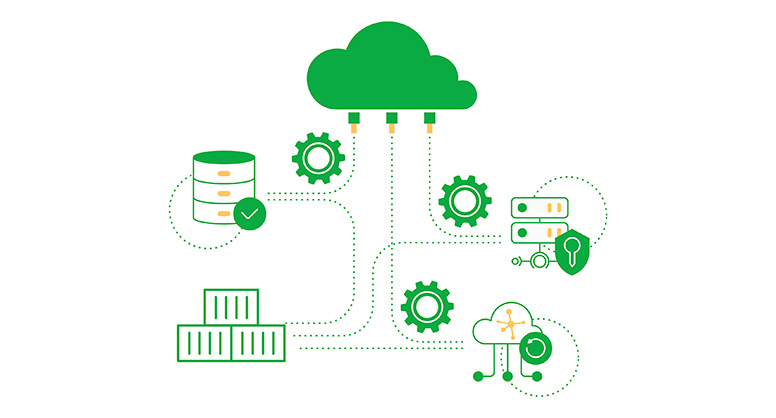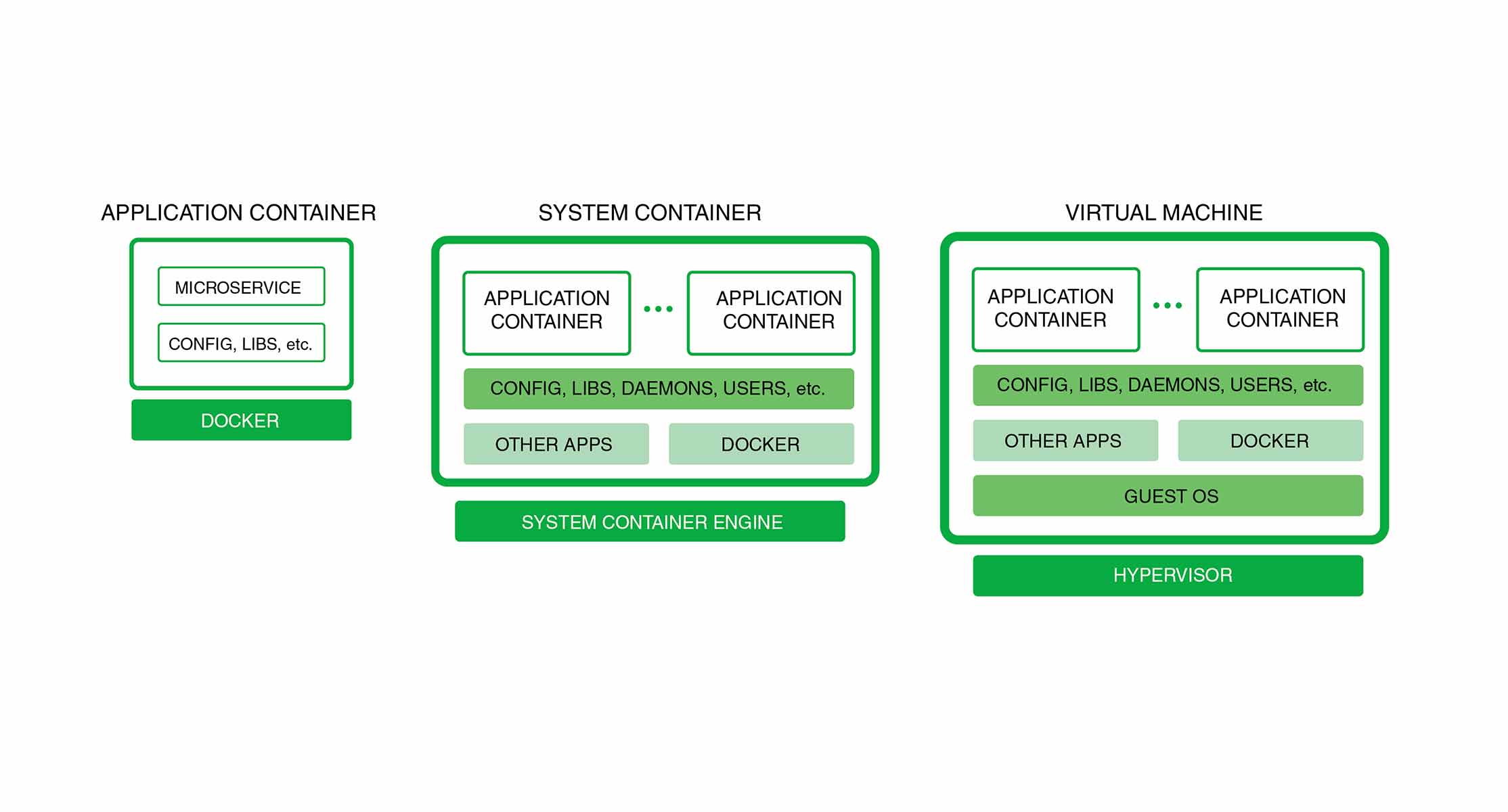Both virtual machine (VM) technology and container technology are crucial for cloud computing. These are virtualization tools that are designed to make the cloud hosting environment much more portable and user-friendly. Each of these technologies has its unique characteristics that determine its specific pros and cons. However, in recent years more and more companies have started to turn towards containerization.
At the same time, considering that most companies are still using virtual machines as an integral part of their infrastructure, making the shift to containers is easier said than done. For many businesses, it may not even be possible to make the move. If they do decide to make the change, they have to perform a complicated process. They must continue to run legacy applications on virtual machines while running cloud-native services on containers. This makes infrastructure management unnecessarily complicated.
So what exactly is the easy way out? Is it possible to make the process simple and straightforward? Fortunately, yes! The key is to use a singular platform to run both your VMs and containers simultaneously. The end goal is to make the transformation process slow and gradual without halting your operations or compromising their speed and integrity. This way, you can make the transition based on your present requirements over a period of time.
Containers vs. Virtual Machines- a Comparison
Before we discuss how containers and VMs can exist in a single ecosystem, let’s explore what differentiates them:
- What are VMs?
This is a type of virtualization that enables you to use one computer to run multiple machines at a time. This means that you essentially divide a server into multiple instances, each having its own operating system and computing environment. This approach helps a lot with server capacity issues as you no longer need a single server for a single application.
With virtual machines, your system adapts to your business growth to a certain degree. Unfortunately, the downside comes from higher costs in terms of storage, memory, and other resources as well as lack of support for vertical scaling. As a result, VMs are not the best tool in the long run for most growing companies.
- What are Containers?
Containers, on the other hand, are a modern solution that aims to create individual containers on one server, each hosting its own operating system kernel and associated binaries and libraries. They make the process much simpler and faster, making the individual divisions quite lightweight and easier to maneuver. Containerization has made the world of cloud computing extremely flexible and capable of executing microservices with ease.
What Makes VMs and Containers Different?
The primary difference between the two is the type of virtualization technology they utilize. While VMs virtualize the hardware to produce multiple instances of the OS, containers virtualize the OS itself to run multiple workloads at a time. As a result, containers tend to provide more elasticity. They are more suitable for cloud-based or cloud-native companies and services especially because they also enable the microservices architecture.
That does not necessarily mean that virtual machines are outdated or unusable. VMs are simply more suited for more traditional, monolithic applications. In comparison, containers are simpler, offer speedier delivery, and are easier to manage. Unfortunately, not every application has been designed for containerization. At the same time, migrating to a new virtualization model is a process that requires a significant amount of time, skills, and resources.
Can Containers and Virtual Machines Run Side by Side?
Luckily, CloudSigma’s turnkey PaaS offering gives our customers the wonderful flexibility to use containers and traditional VMs in a perfect union. As a result, you can successfully manage both virtualization models in your infrastructure through a single platform. As such, you can continue to stick to your existing standards and methodologies while simultaneously adopting and implementing cutting-edge virtualization tools.
Running both models side by side on a single infrastructure allows you to make the transformation step by step and as per your specific project needs. This is critical because making the transition from a monolithic system to a more modern one is nothing short of a complicated mess. Slowing down the process gives you adequate time to perform relevant analysis and allocate resources accordingly. Past experience shows that running both models simultaneously results in a quantifiable improvement in the performance, load handling capabilities, and resource usage of a given system.
So, if you ever find yourself in a situation where you seemingly must choose one or the other, remember you have the option to take the highway and combine the best sides from each approach.
Why Should You Opt for a Singular Platform?
Most cloud providers tend to steer away from a dual solution because of the sheer theoretical complexity of the infrastructure. Unlike most other providers, CloudSigma embraces the dual approach. We allow our users to use containers and VMs simultaneously with ease. CloudSigma’s PaaS platform is specifically designed for customers so that they can experience the benefits of hybrid virtualization. All they need to do is install the CloudSigma PaaS solution on custom metal infrastructure.
Using the two technologies side by side saves you from making hasty decisions that you may regret later. It also gives you the time you need to approach the transformation with the ideal tools and plan. In the meantime, your container-based services and VM-based services can freely interact with one another without causing any infrastructure issues.
As more and more people become familiar with the benefits of a dual approach, it is becoming increasingly important for companies to start using containers and VMs together. It is a very flexible approach that gives businesses the opportunity to transform their conventional infrastructure into a cloud-native one with more ease.
Give mixed virtualization a try with our 7-day free trial or contact us if you want us to provide you with more details and a platform demo.
- 5 Tips to Achieve Optimal Cloud Computing Cost Efficiency - October 31, 2022
- CloudSigma Empowers Blockchain Infrastructure Provider with a Green, Reliable, and Cost-Efficient Cloud Platform - October 27, 2022
- Whitech Launches New Egypt Cloud Computing Offering, Powered by HPE and CloudSigma - October 17, 2022
- Key Aspects of Protecting your Data in the Cloud - September 20, 2022
- How to Configure MongoDB Replication and Automated Failover - September 19, 2022



